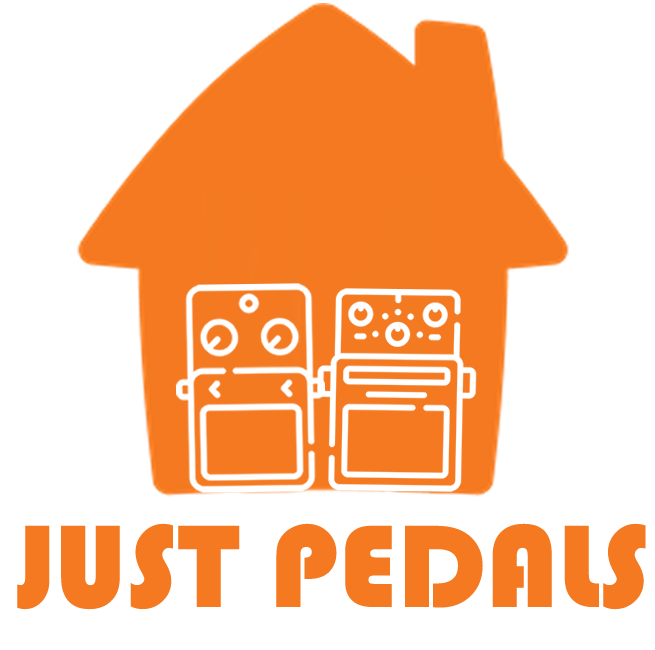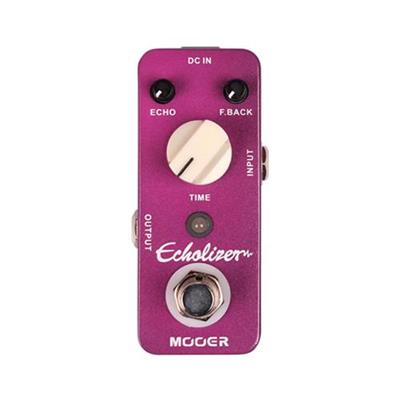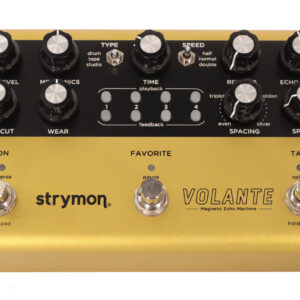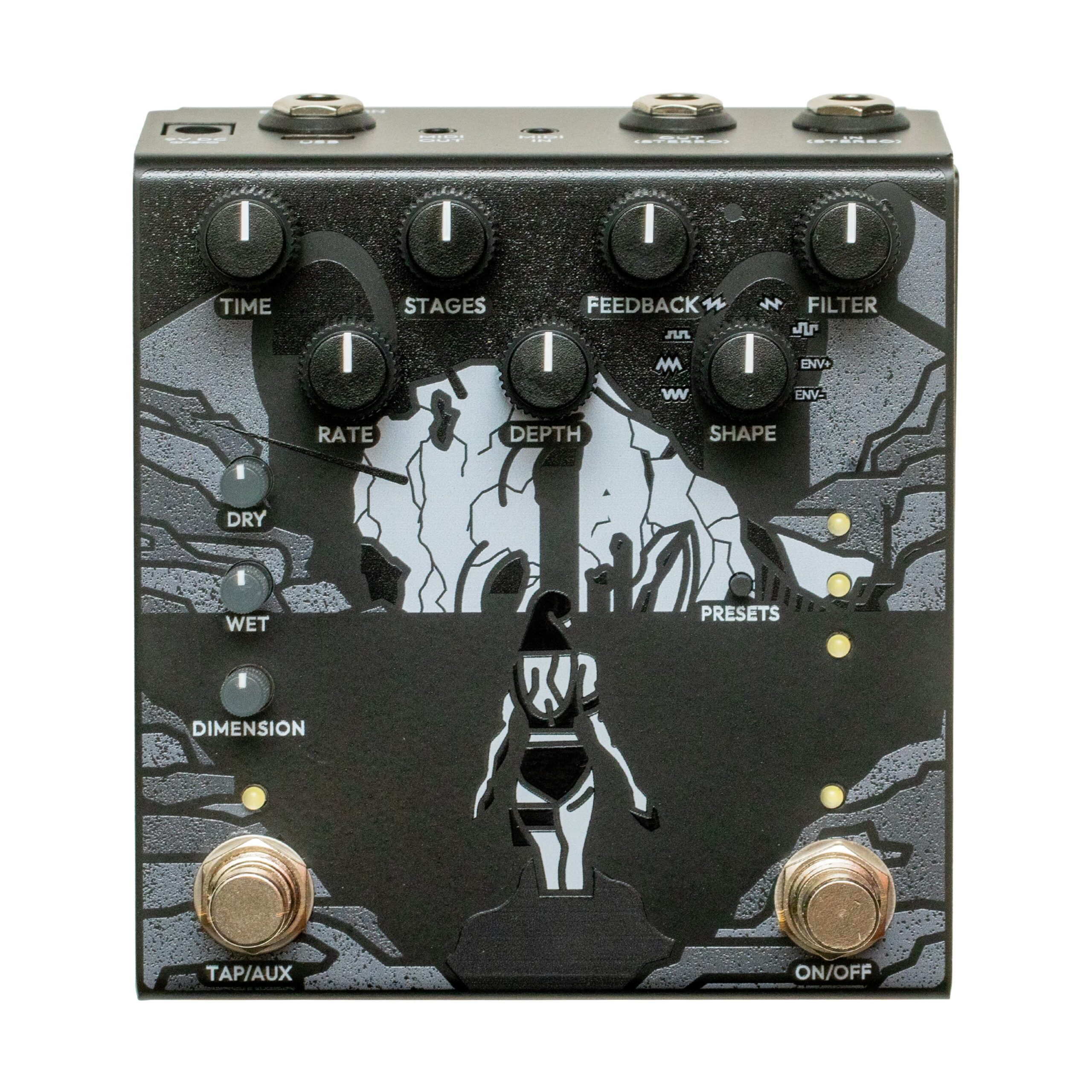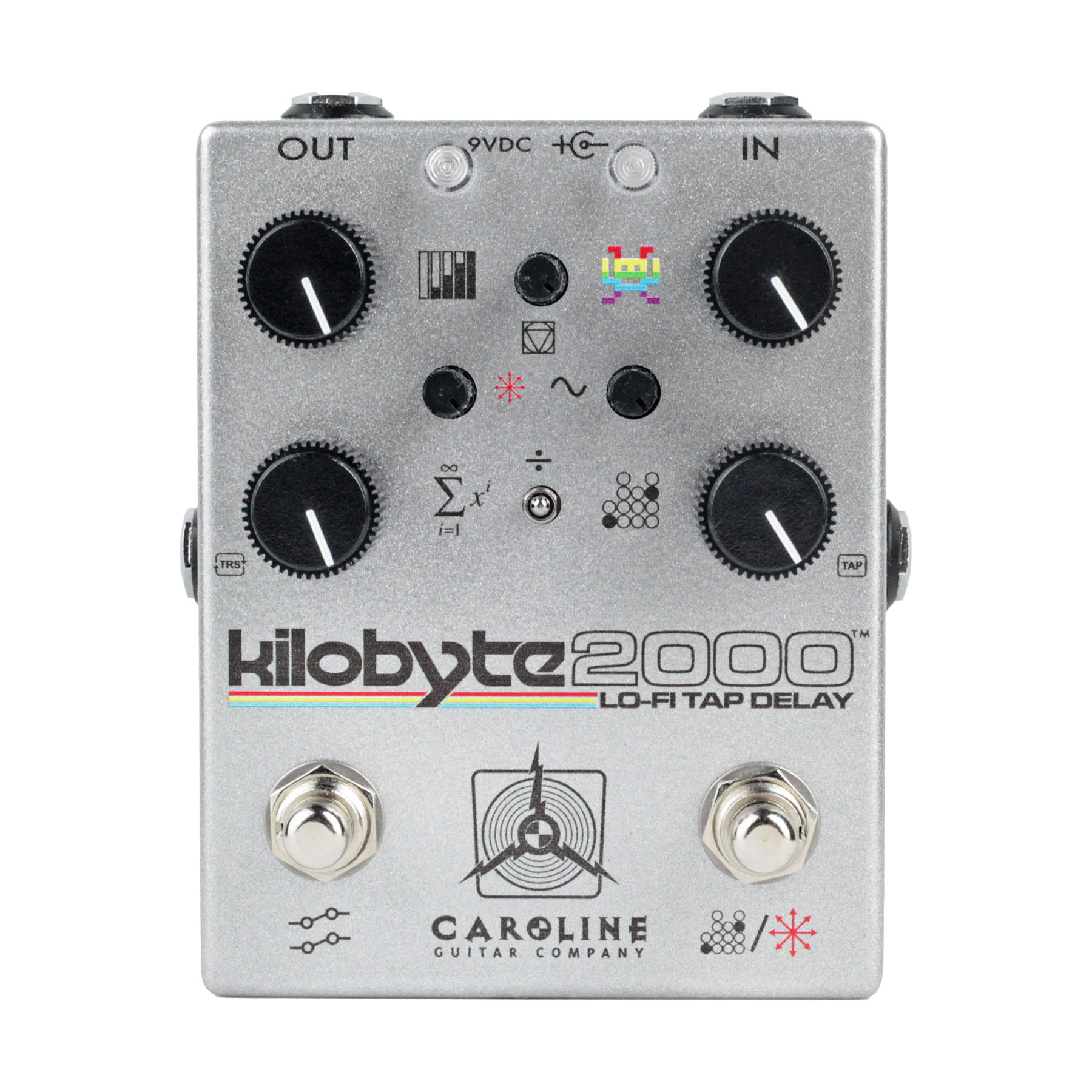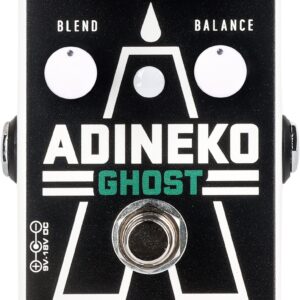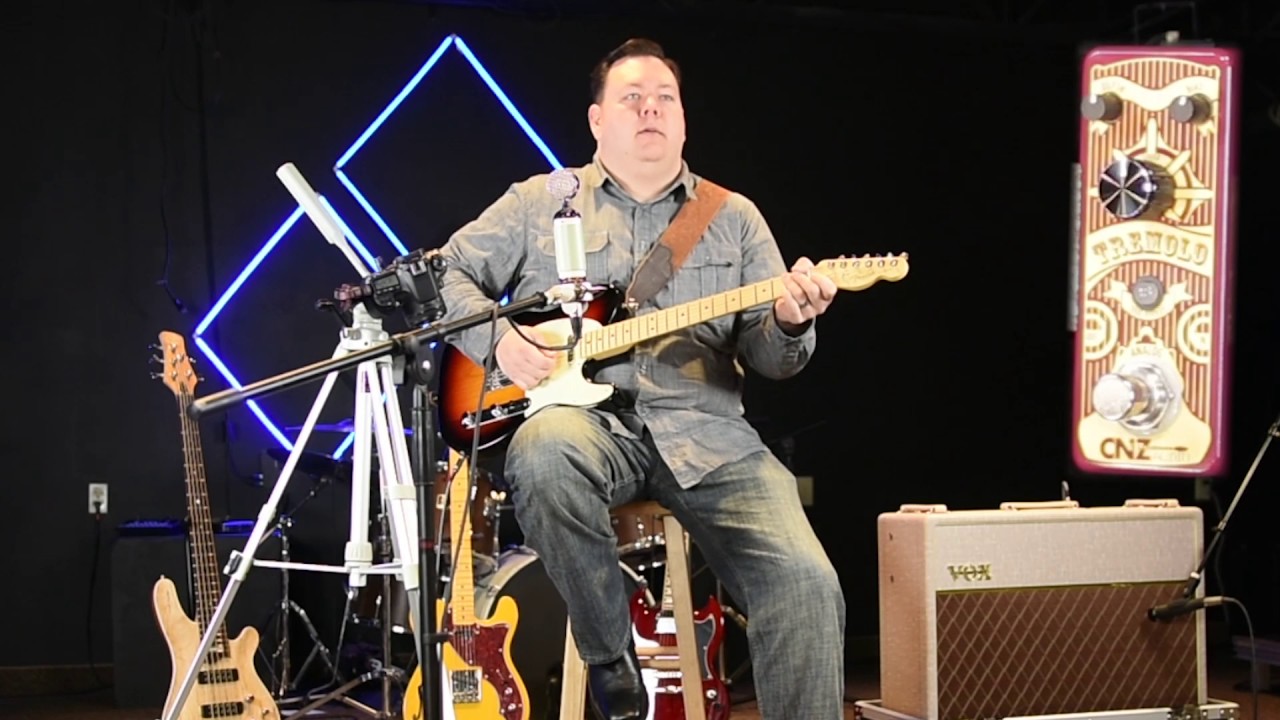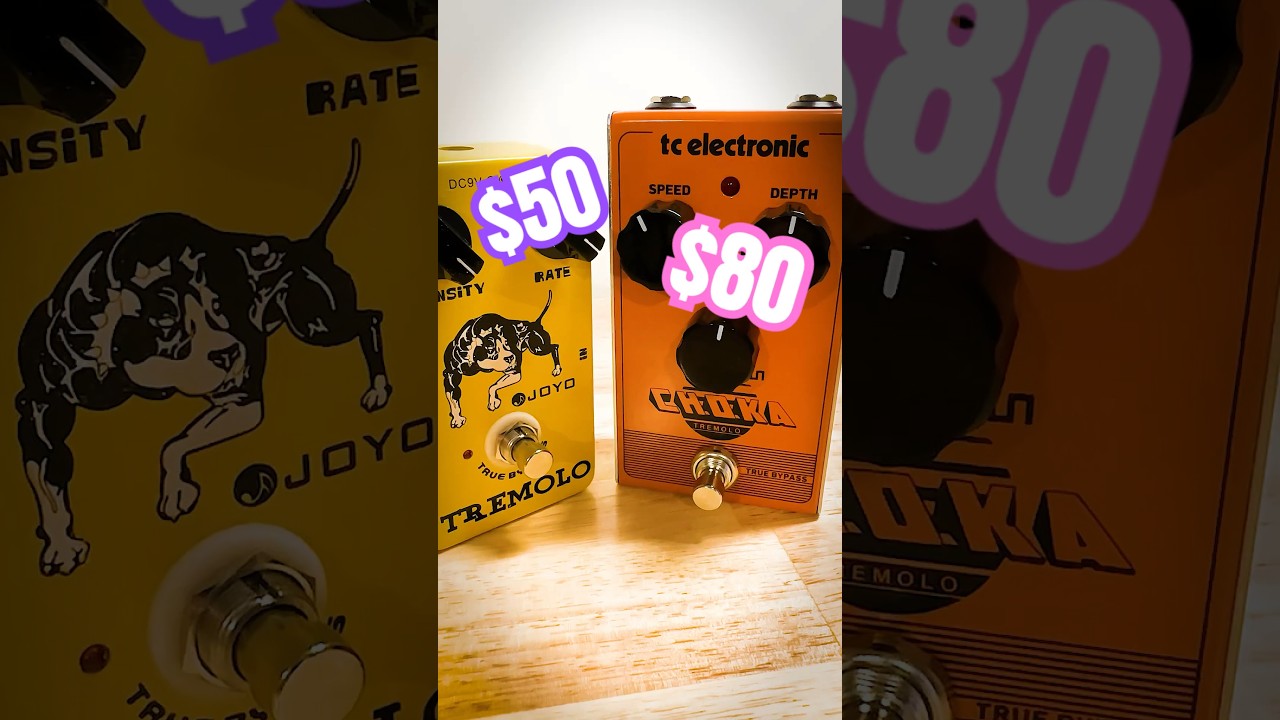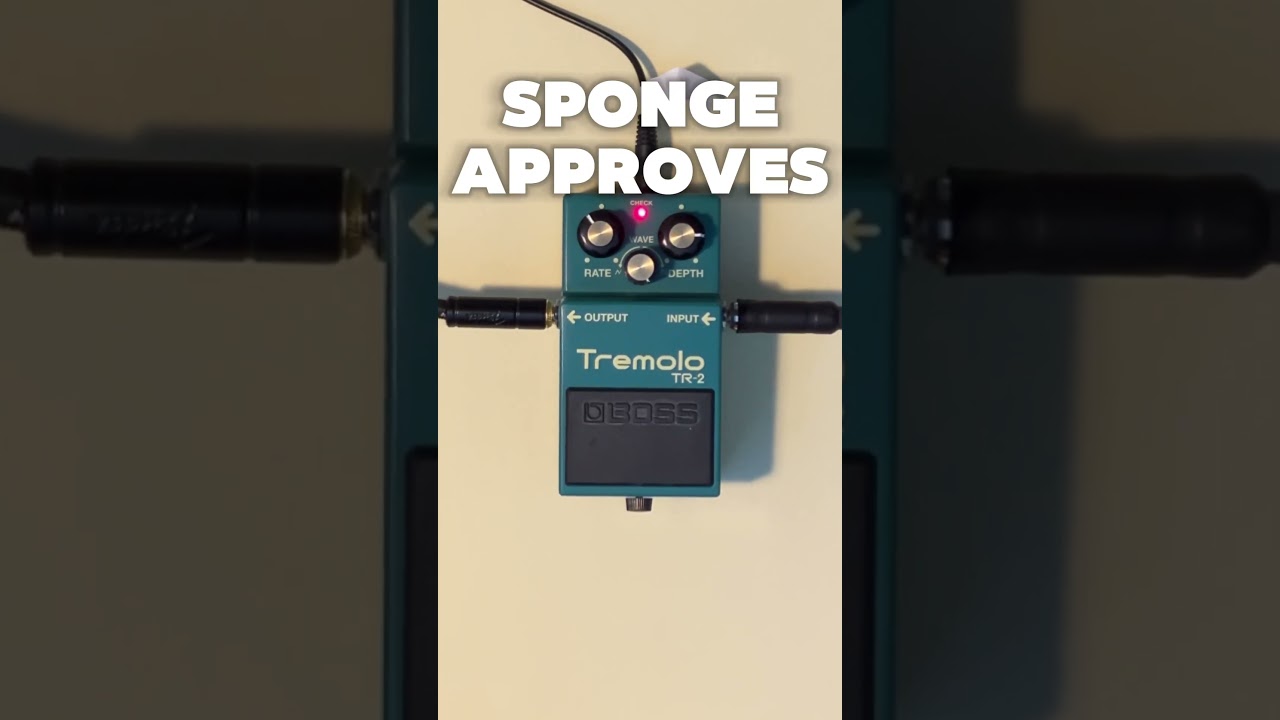Description
The Mooer Echolizer Delay Pedal is currently retailing at £59 and it is in stock. Available to be delivered to you by post direct (some charge may apply). The top pedal chef at Just Pedals thinks that Mooer nailed it here.
The Mooer Echolizer is an analogue sounding delay circuit with between 25ms and 600ms available to offer anything from slapbacks to medium length delay sounds. The analogue like sound is rich and creamy with the roundness that helps the repeats sit back in the mix without overpowering your playing.
Please note the all Mooer micro series pedals must be powered by 9V DC (not supplied) as they are too small for battery compartments!
Specification
- Very similar to analog delay. Warm, vintage delay sound
- Full metal shell
- Very small and exquisite
- True bypass
- DC 9V Adapter power supply
- Delay Time: 25ms~600ms
- Input: 1/4” monaural jack (impedance: 1M Ohms)
- Output: 1/4” monaural jack (impedance: 470 Ohms)
- Power Requirements: AC adapter 9V DC (center minus plug)
- Current Draw: 40 mA
- Dimensions: 93.5mm (D) × 42mm (W) × 52mm (H)
- Weight:160g
- Accessories: Owner’s Manual
So What kind of Power Supply do I need???
As we’ve said above, the Mooer pedals are too small to fit a 9v battery in, so you need to use these with a compatible 9v power supply. You may already have one for an old pedal, but if you need to buy a new one, you can choose anything from a single 9v supply for about £10, or if you plan on buying a few pedals, then you should look at some of the multi pedal power supplies that we sell – these will work out much cheaper than buying an individual supply for each pedal as well as being much neater as you’ll only need one plug socket for all your pedals! Our full selection of FX pedal power supplies can be viewed here – https://www.andertons.co.uk/power-supplies/cid591/power-supplies.asp#page-1
We have new and used Mooer musical equipment available on our website for fast direct delivery from sellers across the UK & Europe.
Mooer is a Chinese pedal company renowned for its compact, affordable, and high-quality effects pedals. Founded in 2010, Mooer quickly gained popularity for offering a wide range of innovative pedals that deliver impressive sound in small, space-saving designs. Their range includes everything from overdrives, delays, and reverbs to unique modulation effects, with models like the Micro Series and the iconic Soul Food overdrive gaining particular attention. Mooer is favoured by musicians seeking excellent value for money without compromising on tone or functionality.
A delay pedal is used to create an echo effect by repeating the original sound after a short time. It works by capturing the input signal and then replaying it with adjustable delay time and feedback. The longer the delay time and the more feedback, the more pronounced the repeating echo becomes, adding depth and space to the sound.
There are different types of delay pedals, including analogue, digital, and tape delay. Analog delay provides a warmer, more natural echo, while digital delay offers clear, precise repeats and additional features like tap tempo. Tape delay mimics the sound of vintage tape machines, adding a distinctive, slightly warbled effect. Delay pedals are widely used across genres to create atmosphere, enhance solos, or add complexity to rhythms.
Just Pedals is a new Guitar Effect Pedals Marketplace – We feature new and used Guitar Effect pedals from different sellers, to purchase online from the UK.
We checked and good news we have it in stock, it has your name on it.
Order today and we will have it with you in a jiffy !
A pedal is an electronic device that alters the sound of an electric guitar by applying various effects. Pedals are typically connected in a series between the guitar and amplifier, allowing guitarists to switch effects on and off with their feet while playing.
This enables musicians to quickly and easily change their sound, adding versatility and creativity to their performances.
Pedals are essential tools in many musical genres, including rock, blues, jazz, and metal, allowing artists to craft distinctive and dynamic soundscapes.
Once you buy one, you can't stop and then you have to sell them and buy more.
Just the latest videos
Just related products
3% Off £57.99 £56.00
Very similar to analog delay. Warm, vintage delay sound Full metal shell Very small and exquisite True bypass
£116.77
D7 Delay, 14 built-in stereo delay effects. The array of delay effects in the D7 X2 have a wide range from classic analog and tape delays to more modern and experimental delays such as “Low-Bit”, “Galaxy”, and “PingPong”. Adjustable parameters are di…
read more 6% Off £64.99 £60.82
If you press the foot switch for more than 1 second, the "Tempo Tempo Tempo Tempo is activated. Adjust the volume of the delay and the wet/dry mixing of the reverb Tap the LED 2 or more times to sync the delay to the desired tempo
£73.83
Controls for: Delay Time (25 – 1000ms), Level and Feedback 3 modes: Mod, Normal and Kill Dry Jack input and output Status LED Suitable power supply: Item B00BU4Y2OU (not included)
17% Off £23.99 £19.90
AUTHENTIC VINTAGE ECHO: Experience the warm, decaying repeats and slightly darkened tone of a true Bucket Brigade Device (BBD) analog delay circuit, faithfully capturing the character of iconic 1970s and 80s delay pedals. FULL CONTROL OVER YOUR SOUND…
read more